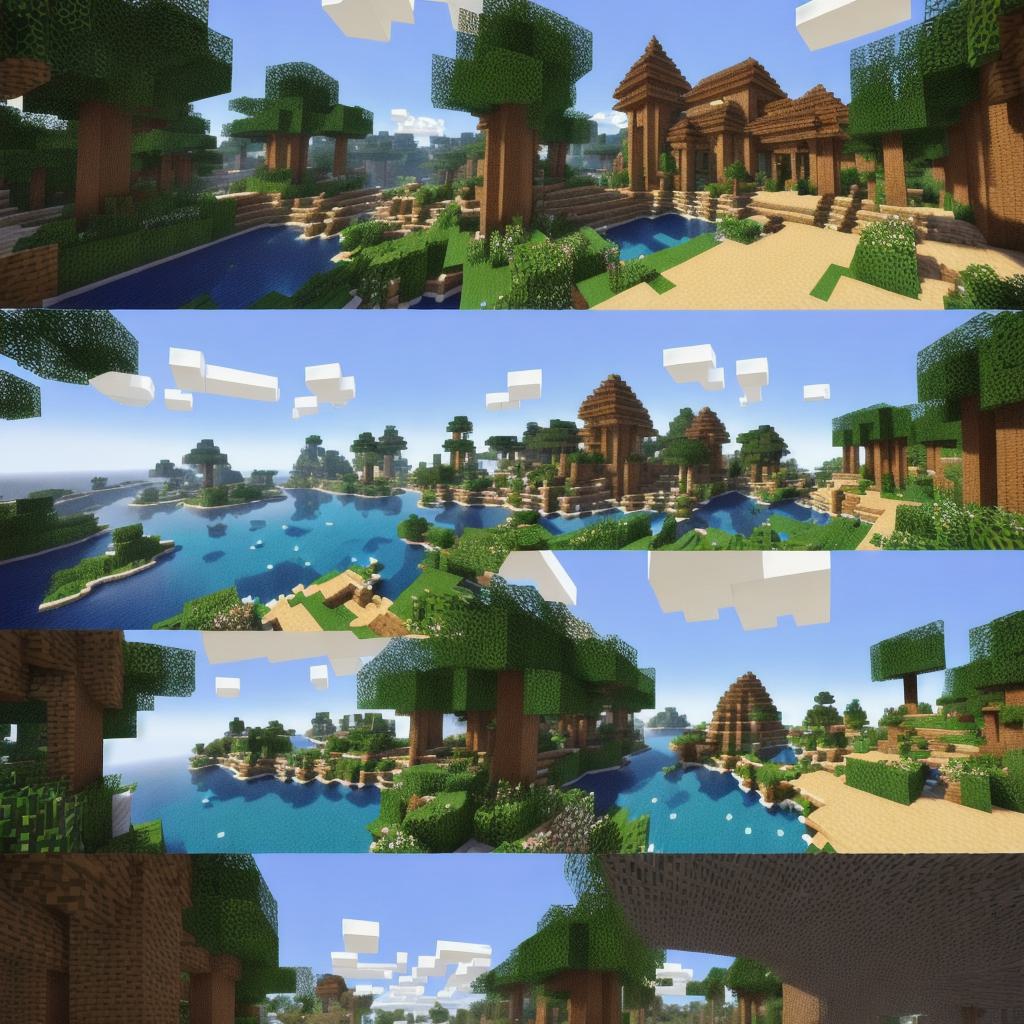The metaverse, a collective virtual shared space created by the convergence of virtually enhanced physical reality and physically persistent virtual reality, encompasses various dimensions that transcend the traditional boundaries of the physical world. In this response, we will delve into the multifaceted nature of the metaverse and address your queries regarding its dimensionality and scope.
1. Three-Dimensional Spaces
Three-dimensional (3D) environments are indeed a fundamental aspect of the metaverse. These spaces allow users to interact with objects and other avatars in a more immersive and engaging manner. 3D simulations offer opportunities for creating realistic experiences that can range from recreating historical sites to building entirely new virtual worlds. For instance, platforms like Minecraft and Second Life provide users with the tools to build and explore their own unique 3D environments.
2. Two-Dimensional Spaces
While 3D spaces form the backbone of the metaverse, two-dimensional (2D) environments also play a significant role in its development. These 2D spaces are primarily used for communication and collaboration through text, images, and videos. Social media platforms like Facebook and Twitter, as well as productivity tools like Google Docs, can be considered part of the metaverse’s 2D realm. Despite their limited dimensionality, these spaces serve essential functions within the larger context of the metaverse.
3. Time-Based Environments
Another dimension that the metaverse encompasses is time. Virtual worlds and experiences are not static but rather dynamic, constantly evolving with user interactions. This temporal dimension adds depth to the metaverse, allowing for the creation of complex narratives and interactive stories. For instance, virtual reality games like "Minecraft: Story Mode" feature a compelling narrative that unfolds over time as players make choices that impact the story’s outcome.

4. Emotional Spaces
An often overlooked yet crucial dimension of the metaverse is emotional space. Virtual environments can evoke powerful emotions and create intense experiences that can be difficult to replicate in the physical world. For example, a person might feel a deep sense of empathy when interacting with another character in a virtual reality game or simulation. Emotional spaces add a layer of depth and human connection to the metaverse.
5. Conclusion: A Multidimensional World
In conclusion, the metaverse is not limited to 3D environments but rather an expansive multidimensional space that includes 2D spaces for communication, temporal dimensions for evolution, and emotional spaces for connection. These interconnected dimensions create a rich and immersive environment where users can collaborate, learn, socialize, and explore new possibilities.

As the metaverse continues to evolve and expand, we will undoubtedly see the emergence of new dimensions that enrich our virtual experiences even further.
